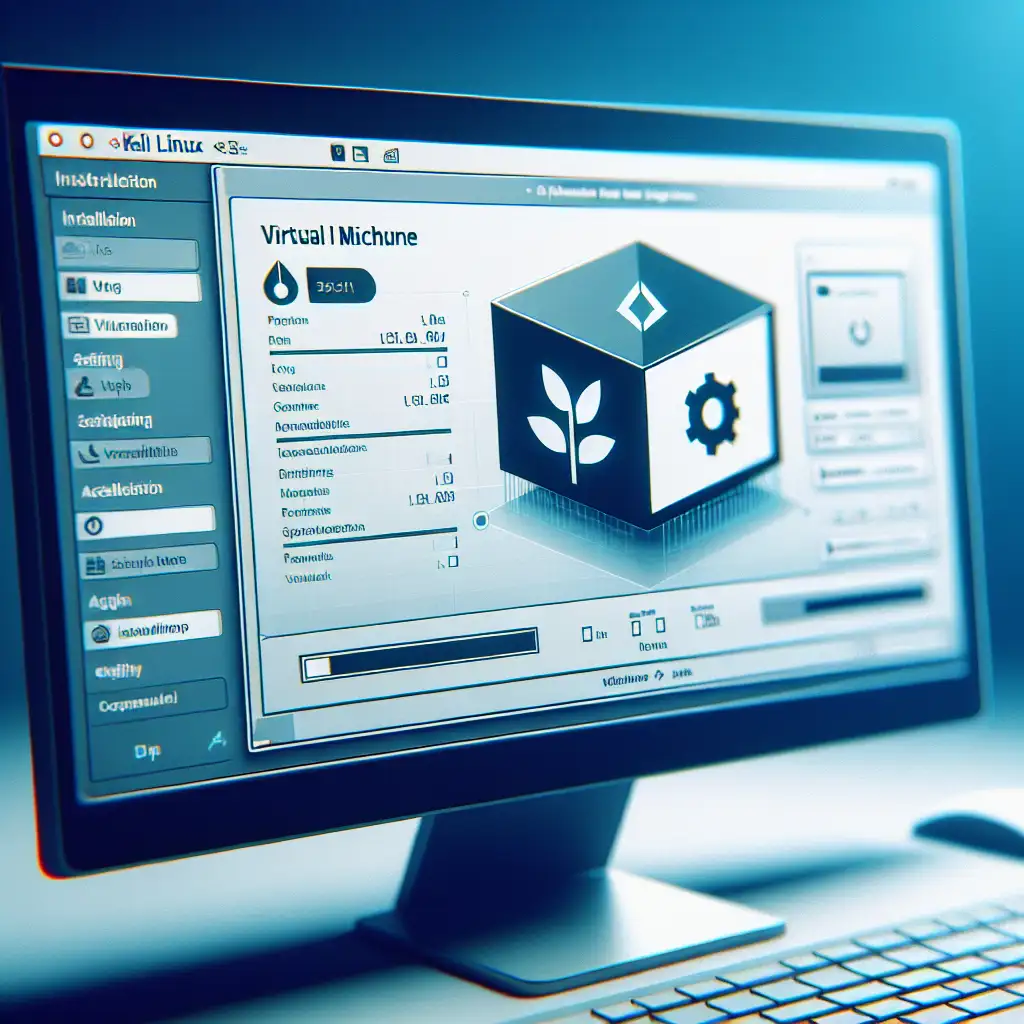Deploying Kali Linux Inside VirtualBox: Fast, Isolated Testbed Setup
Security research always benefits from strong isolation. Installing Kali on bare metal sounds “serious,” but rarely delivers in daily operations—especially on a single laptop in a corporate or home setting. Dual-boot? Unnecessary risk and hassle.
Virtual machines are the standard for safe red teaming and tool experiments. Here’s a methodical approach to building a clean, up-to-date Kali Linux environment using Oracle VirtualBox 7.x (latest as of mid-2024) with details for reproducibility, stability, and efficiency.
Prerequisites
- Host system: 8GB+ RAM (4GB minimum, but will throttle toolchains). SSD storage strongly preferred for disk I/O.
- VirtualBox 7.x: Download from virtualbox.org. Confirm version with
VBoxManage --version. - Kali Linux ISO: Use the current “Installer” 64-bit image, available from kali.org/get-kali. Verify SHA256 checksum for integrity.
- Network: Reliable connectivity for updates and Guest Additions.
Provisioning the VM
1. Create a New Virtual Machine
- Launch VirtualBox.
New → Name:“kali-vm-2024”,
Type:Linux,
Version:Debian (64-bit).- Tip: Kali is based on Debian Testing, not Stable, so some packages (esp. kernel headers) may lag slightly behind upstream Debian.
2. Allocate Resources
- Memory: Minimum 4096MB; 6144MB improves multi-tool use.
- CPUs: At least 2 vCPUs if your host tolerates (Settings → System → Processor).
- Storage:
- Create a new
VDIdisk, dynamically allocated. - Size: Min 20GB, but realistically, allocate 40GB+ to avoid immediate expansion headaches when installing large tool suites.
- Disk controller: Use SATA (default).
- Create a new
3. Attach the ISO
- Go to Settings → Storage.
- Under “Controller: IDE”, click the empty disk:
- Attach ISO via “Choose a disk file…”
- Enable EFI (Settings → System → Enable EFI), only if you specifically want UEFI boot—nonessential for most Kali use cases, but some hardware network tools do assume EFI.
Kali Linux Installation Process
Start the VM. The boot menu will display:
[ ] Graphical install
[ ] Install
[ ] Advanced options
[ ] ...
Choose Graphical Install unless accessibility constraints require the text interface.
Walk through the installation wizard:
- Language, location, keyboard layout.
- Network setup—use DHCP for simplicity at first.
- Hostname: Use something unique, e.g.,
kali-eng-lab. - Domain (if prompted): Leave blank.
- Users and password:
- Since Kali 2020.1, default user is
kaliwith sudo access; pick a strong password.
- Since Kali 2020.1, default user is
- Partitioning:
- “Guided - use entire disk” is sufficient; LVM is optional but aids snapshots/resize.
- Confirm disk changes.
- Wait for package install (timing varies by disk IO).
Gotcha:
If the installer cannot detect the ISO during package install, double-check the virtual drive status in VirtualBox or reattach the ISO via the VM "Devices" menu.
First Boot & Post-Install
If the VM loops to the installer:
- Detach the ISO from Storage before reboot to avoid repeating the install.
Login screen appears—enter your credentials.
Guest Additions (Strongly Recommended)
For seamless clipboard, folder sharing, and better screen scaling.
-
Insert Guest Additions:
Devices → Insert Guest Additions CD image. -
Prep in Kali:
sudo apt update sudo apt install -y build-essential dkms linux-headers-$(uname -r) -
Mount and Run Installer:
sudo mount /dev/cdrom /mnt sudo /mnt/VBoxLinuxAdditions.runMonitor for errors like:
Could not find the X.Org or XFree86 Window System, skipping.Ignore minor ones if you don’t need GUI integration.
-
Reboot VM.
Known Side Effect
Sometimes kernel updates (>6.6.x) require reinstalling Guest Additions due to dkms driver changes. Keep a note of your current kernel version.
Initial Kali Update
Default installation is not fully current.
sudo apt update && sudo apt full-upgrade -y
Why?
Critical security tools (Metasploit, nmap, etc) often slide forward in Kali between point releases. Stale builds = test failures or CVEs missed.
Practical VM Optimizations
- Snapshots: Never start a risky test without one.
Machine → Take Snapshot. - CPU count: For hash cracking, increasing CPU allocation (if the host has cores free) reduces bottleneck.
- Networking: Default NAT is fine for tool installs; switch to Bridged or Host-only Adapter when simulating real-world attack footprints or for multi-VM labs.
- Shared folders:
Settings → Shared Folders → Add new:- Auto-mount
- Read-only (if moving payloads into Kali for analysis)
Example: Testing Network Reconnaissance
Install a typical toolset:
sudo apt install -y nmap wireshark netcat
Quick probe inside VM:
sudo nmap -sn 192.168.56.0/24
(Replace with your actual subnet; adjust Network Mode if needed.)
Less Obvious Tip
Kali VMs occasionally freeze on suspend/resume with VirtualBox—especially if using nested virtualization (e.g., running VMs inside this Kali VM). Solution: disable USB controller passthrough unless required, and always shut down cleanly after kernel upgrades.
Wrap-up
This approach yields a hardened, completely disposable Kali Linux lab. No dual-booting. No risk of polluting the host OS. Installation and reversion time measured in minutes, not hours.
For questions about configuration minutiae, VirtualBox logs are invaluable:
~/.VirtualBox/VBoxSVC.log (host) and /var/log inside the guest.
Further Reading
